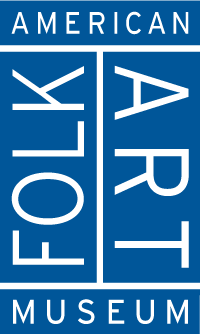Record Details
Fireboard
A fireboard is a decorated panel that blocks a fireplace during warm summer months when it is not in use. Because the fireplace was a focal point in early American homes, fireboards often received elaborate ornamentation befitting their status as the visual center of a room. The earliest conventional imagery used on chimney boards, as they were known in the eighteenth century, was an urn of flowers, imitating the practice of placing an actual vase of flowers in the open hearth. In 1723, a Mr. Custis of Williamsburg, Virginia, wrote about fireboard motifs, "Let them bee some good flowers in potts of various kinds." This was soon expanded to include diverse subjects—often with trompe-l'oeil effects, including architectural landscapes that sometimes featured the very home containing the fireplace. These images typically were painted on wide wood boards held together with battens on the back or on canvas stretched on a frame the size of the fireplace opening.
In this unusual fireboard, architectural trims and other materials have been inventively combined to suggest an abstracted church form. The three-dimensional church structure is attached to the flat backboard, which has been painted with landscape elements in the style of interior scenic wall painting. Gothic elements like those used to create this piece began to be introduced during the 1830s, when white facades, tall pointed-arched windows, and high steeples became an almost universal ecclesiastical style in small towns throughout America. Because this architectural form became so pervasive, it is difficult to attribute the church structure to a specific region. Although this fireboard was found in Connecticut and is consistent with the architectural style of the region, oral history maintains that it was removed from a home in Somerset County, Pennsylvania.
Stacy C. Hollander, "Fireboard," in American Anthem: Masterworks from the American Folk Art Museum (New York: Harry N. Abrams in association with American Folk Art Museum, 2001), 320.














